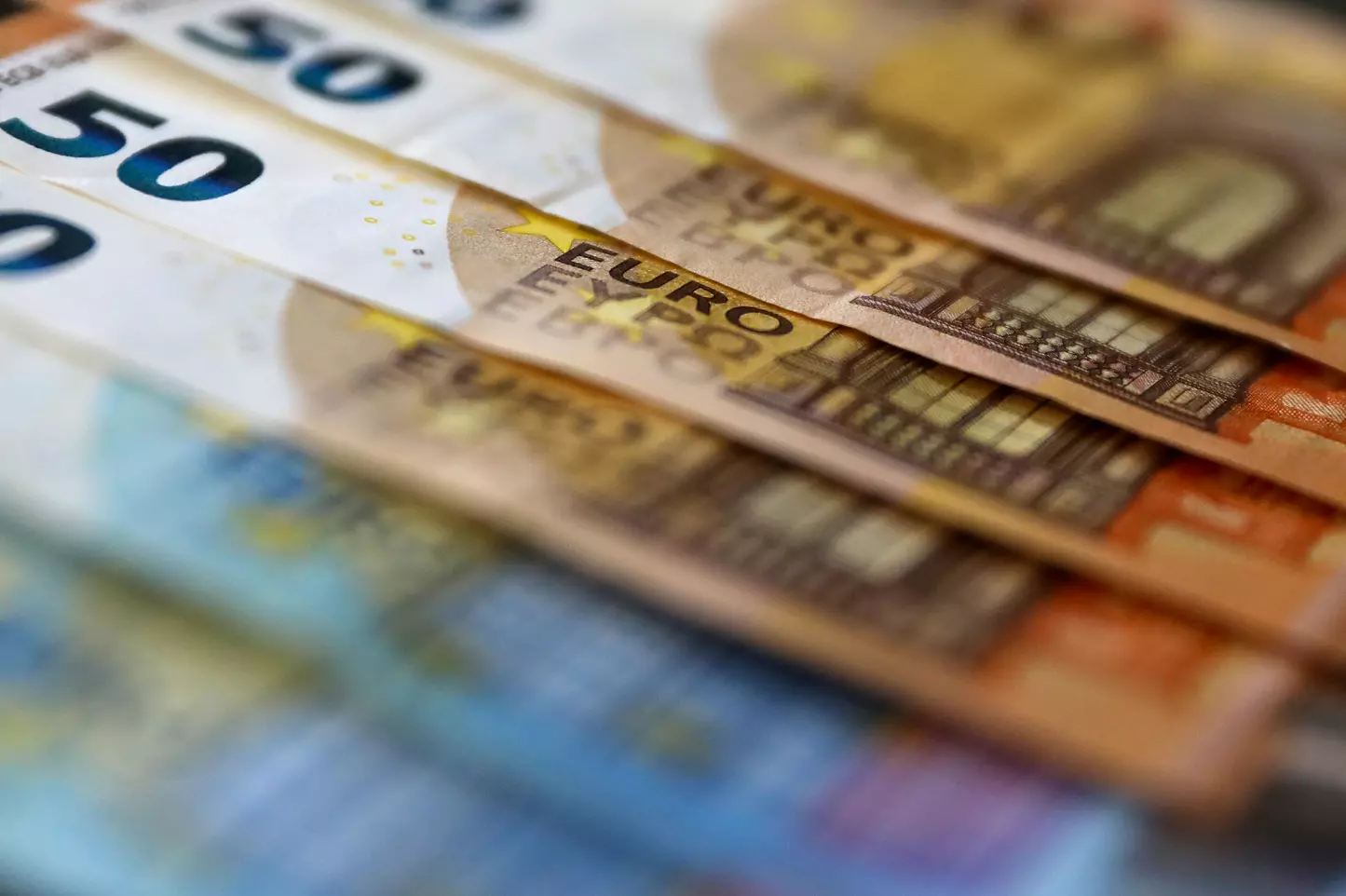From next January, new EU regulations will come into force that will make ESG ratings increasingly central to the world of credit. Elena Flor is Head of ESG & Sustainability at Intesa Sanpaolo, the first bank in Europe, second in the world and the only one in Italy, among the 100 most sustainable listed companies in the world, according to the latest World Economic Forum in Davos. “With the Corporate Plan 2022-2025, the commitment to ESG issues is for the first time one of the four standards of the plan, with targets defined and monitored quarterly on a par with the economic-financial targets,” explains Flor. “The achievement of these goals is supported by dedicated governance, which leverages on the ESG steering committee, set up in 2020 to support the management committee, and the expansion of the competences of the risk and sustainability committee.”
Do you also ‘train’ customers?
“One of the most important pillars of the group's ESG strategy is the dissemination of the culture of sustainability both internally and with customers for whom, in addition to specific financing products, we have activated initiatives such as the ESG Labs and the Circular Economy Lab (CE Lab). The former are physical and virtual meeting points aimed at promoting discussion and raising awareness on climate issues. Intesa Sanpaolo Innovation Centre's CE Lab aims to support and accompany the transformation of the Italian economic system through the dissemination of new business models based on circular economy criteria. We know that SMEs in particular need to be supported in acquiring awareness and skills to initiate a sustainable business transformation process that will sustain their competitiveness in a deeply evolving market.”
What will change in the world of credit?
“In recent years, the banking system has been engaged in the development of financing products dedicated to corporate transition and in the adoption of new credit frameworks aimed at orienting credit portfolios more towards ESG. The entry into force of the European taxonomy and the Commission's recommendations on facilitating financing for the transition to a sustainable economy are reinforcing this process. Intesa Sanpaolo has integrated ESG factors and criteria throughout the lending process, through a new ESG/climate credit framework that provides for three levels of assessment: at the economic sector level, at the individual counterparty level and at the individual transaction level.”
How are you preparing for the entry into force of the GAR?
“The Green Asset Ratio is an indicator that represents the ratio of lending assets that finance assets aligned to the EU taxonomy to total balance sheet assets, with some exclusions. From January 2024, banks in the EU will be required to publish the first data on the alignment of their exposures to the two climate change mitigation and adaptation targets of the EU taxonomy, and will subsequently have to do so for the remaining four environmental targets, in order to demonstrate the extent to which the financed activities meet the sustainability criteria defined by the European Commission. Intesa Sanpaolo took early action with the ‘ESG reporting’ project, which followed the setting up and finalisation of the GAR calculation - first at the ‘eligibility’ level and then at the ‘alignment’ level - with an important commitment on the adaptation of the loan classification processes with the EU taxonomy. More generally, the project aims to create an integrated, cross-cutting approach to sustainability reporting.”
How will the relationship with the customer change?
“The new sustainability reporting obligations have a proportionality character: they will apply from the financial year 2024 for companies already subject to the NFRD (Non-Financial Reporting Directive) and from the following financial year for a greater number of large companies, while SMEs, limited to listed companies, will be involved starting from the 2026 financial year reporting on the basis of simplified standards.
However, both because they are present in the supply chains of large companies and because they have better access to credit, SMEs are also called upon to face change by acquiring new skills, initiating projects to improve their sustainability performance and implementing new processes for monitoring and reporting on ESG indicators. This will entail investments aimed at greater resilience and competitiveness, also with the support of the banking system. Against such investments, companies will have improved conditions consistent with the banks' lending policies that are evolving with the integration of ESG factors. The aim, however, will be to support not only those companies that are already further along this path but also those that have yet to launch sustainable improvement and transformation initiatives.”
